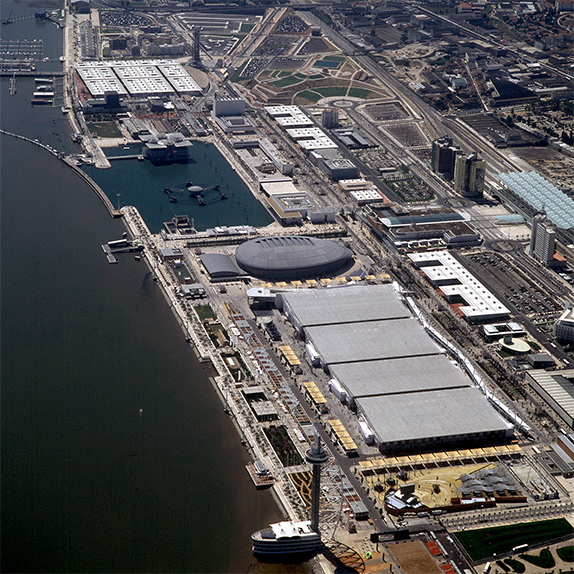
Expo Precinct - Aerial view- 1998
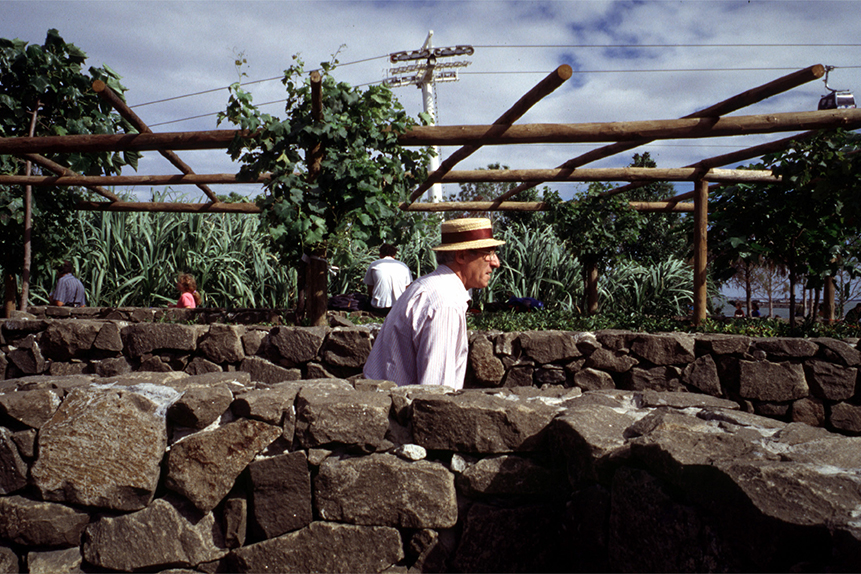
Garcia de Orta gardens- 1998 (Publico Magazine)
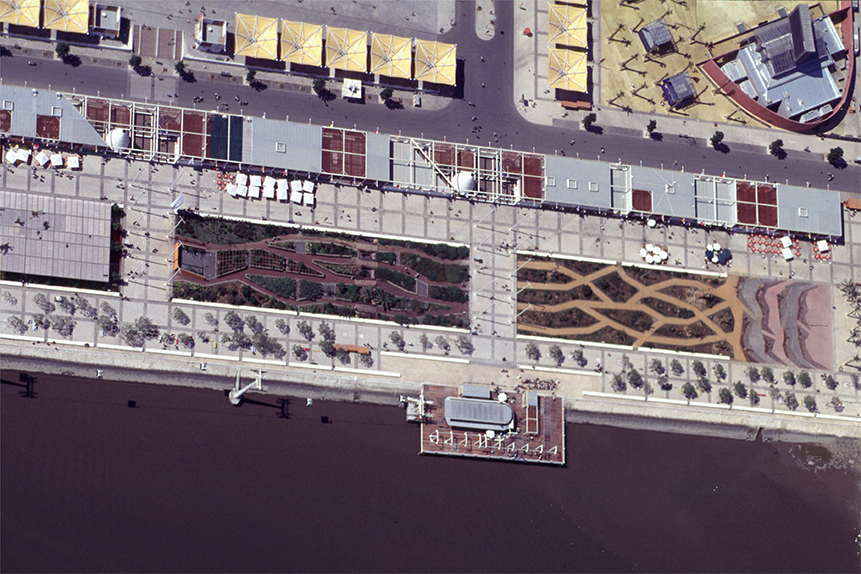
Expo Precinct - Garcia de Orta gardens- 1998

Garcia de Orta gardens- 1998

Expo Precinct - Garcia de Orta gardens/African garden - 1998

Garcia de Orta - Goa garden
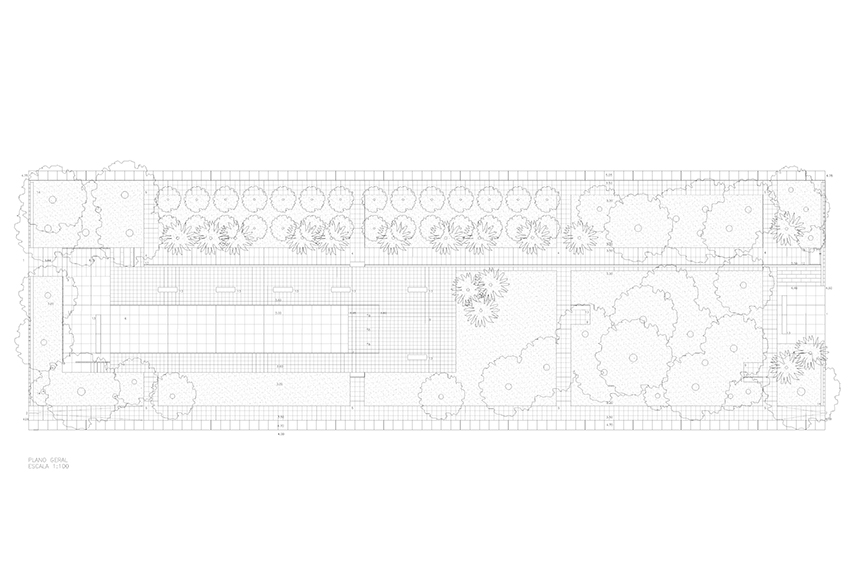
Garcia de Orta - Goa garden
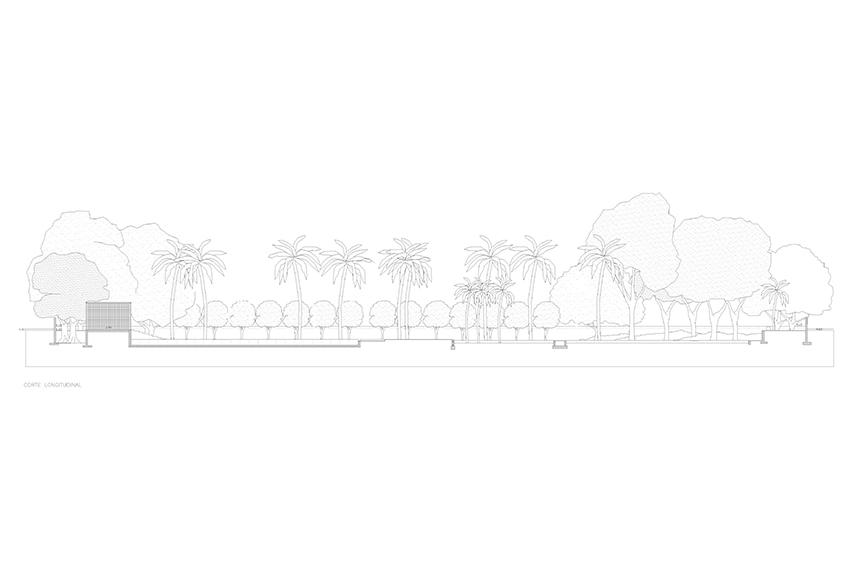
Garcia de Orta - Goa garden
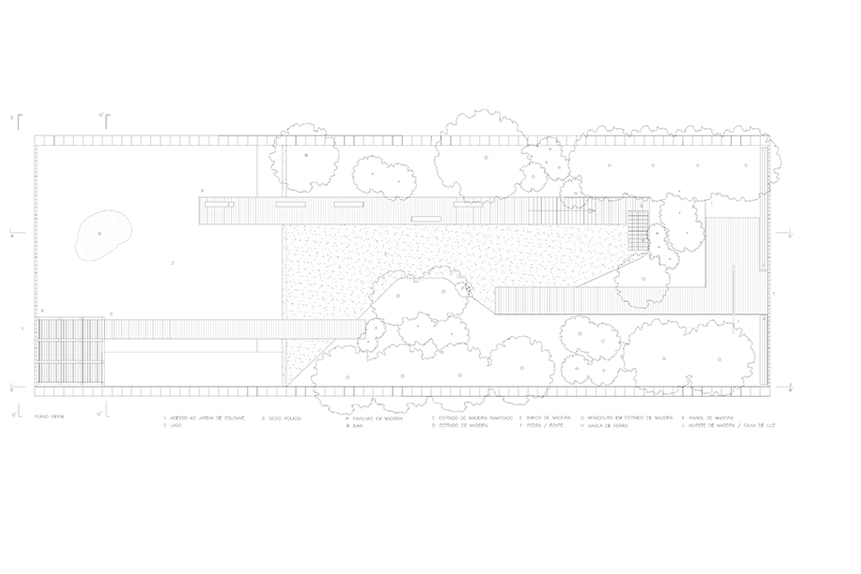
Garcia de Orta - Macau garden
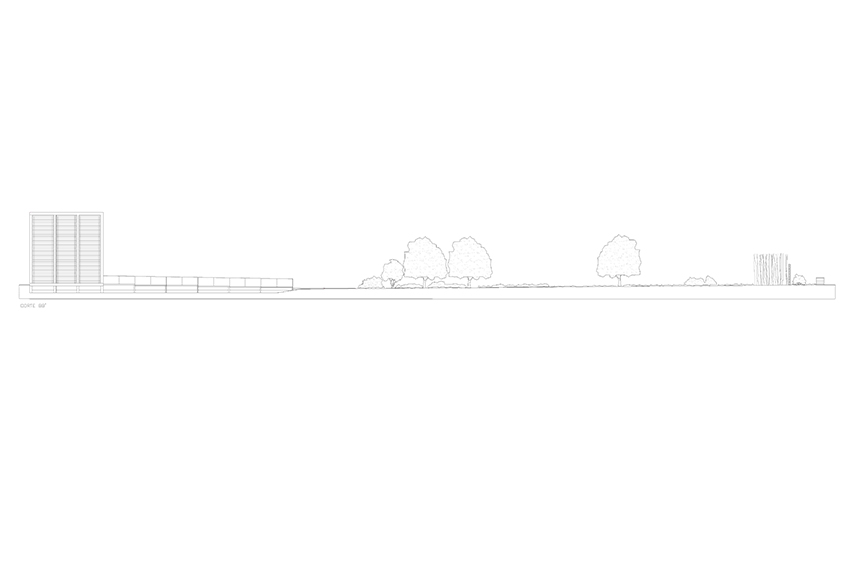
Garcia de Orta - Macau garden
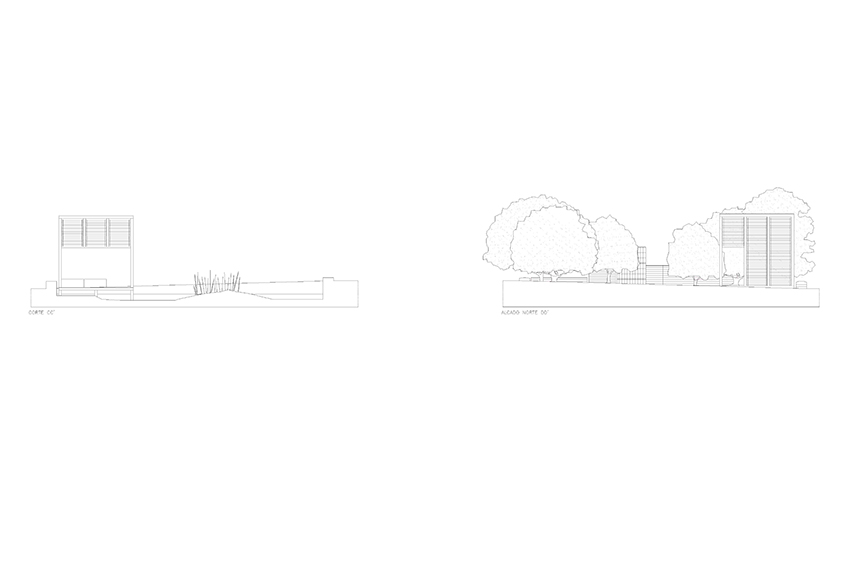
Garcia de Orta - Macau garden
GARCIA DE ORTA GARDENS | EXPO ’98 | LISBON | PORTUGAL
The Gardens in Mar da Palha In the early morning, the light reflects into the huge extension of the “Mar da Palha” and then, it floods in a diffused way over the line of Gardens along the River’s Sidewalk. The atmosphere is full of colors and different odors: the odour of plants of remote origin mix with the smell of the tides themselves; and the colors create an atmosphere drawn by the objects that reflect them. The light coloured bright wood and the small stone, the white marble and the adobe, the basalt and the limestone, the red ruff floor contrasts with the (more or less) strange plants that have long or thick forms, with narrow, small, thorny, soft, dark, bright leaves and unknown flowers and fruits. This feeling of oddity and surprise of a Place that suggests another Place, happens in a spasmodic way along the parallel movement of the “Sea”, which is always here. It stretches the Garden’s space and makes it into an almost unlimited space like the Natural spaces. Is it possible for a Garden to represent a Landscape and mix its limited space with the space of an unlimited Nature? Gardens are narrow and long strips of the same width whose length changes just as if this dimension depend on what is strictly necessary for this Space to become a Site. Each Garden is a Place built on a Site. Each Garden is a Place that configures a Landscape. As if it had made up a specific Site for each Garden, the topography is formed by sloping, horizontal or rippled plans. In the depressions, the water hoarded or it was held by slabs. The vegetation stands in such a way that it holds the spaces or directs them. Sometimes its protects them from the sun or the wind’s trajectory. The Places are built on Site: routes mean movements. Landscapes are huge constructions that transform and integrate the underlying Natures. Is it possible for a Garden to represent a Landscape and represent what comes from need, in that which questions our memory? Our mind identifies unknown places from those we know. Our existence in a specific Place identifies us with the character of that Space and with its Substance. Plants and substances shape the Garden in different ways: if we build it by repeating the same shape with differences materials we will obtain different Places. Perhaps that is where the oddity of various Places configured by each Garden comes from, although we never went to those remote Landscapes. Would it be possible for a Garden to represent a Landscape through its Substance and the Spaces that build it? Then, let’s try to walk through unique ways that twist, that stand in parallel, that split and divide themselves, that cross one another until they mix up with their order and disorder, the water plans, either still or moving, and the sky that contains everything. Perhaps after a while, in the silence that the neighboring “Sea” makes us listen to, our memory will go towards distinct Landscapes that we may not know and that we may never know. Would the Memory be able to remember what we do not know?
PROJECT DATE 1994 (design) 1998 (construction) 2016 (rehabilitation) | CLIENT Parque Expo 98, SA | AREA 14 300 m2
TEAM
Landscape Architecture project
general and technical coordination: João Gomes da Silva
authors: João Gomes da Silva, Inês Norton, Rosário Salema, Leonor Cheis, José Adrião
collaborators: Helena Pato e Silva, Sebastião Carmo Pereira, Pedro Tomé Cardoso, Carla Correia
irrigation and hidraulics: João Campos
structural engineer: Fernando Rodrigues
infrastructures: Grade Ribeiro, Lda.
lighting: Joule, Lda
consultant: Carlos Souto Cruz
Thematic and scientific contents
Instituto Superior de Agronomia
authors: Cristina Castelo Branco, Francisco Castro Rêgo
technical support: Maria João Cabral, Vera Ramos
consultants: Mendes Ferrão, Marques Moreira, Bugalho Semedo, Cândida Liberato, Henriqueta Carvalho, Gilberto Cardoso Matos, Adélia Dinis, Samuel Gomes, Esácio, Susana Fontinha, Ávila Gomes, Adaúto Milanez
Construction
construction project director: Silveira e Castro
planting project director: Cristina Castelo Branco
planting site head: José Lousan
